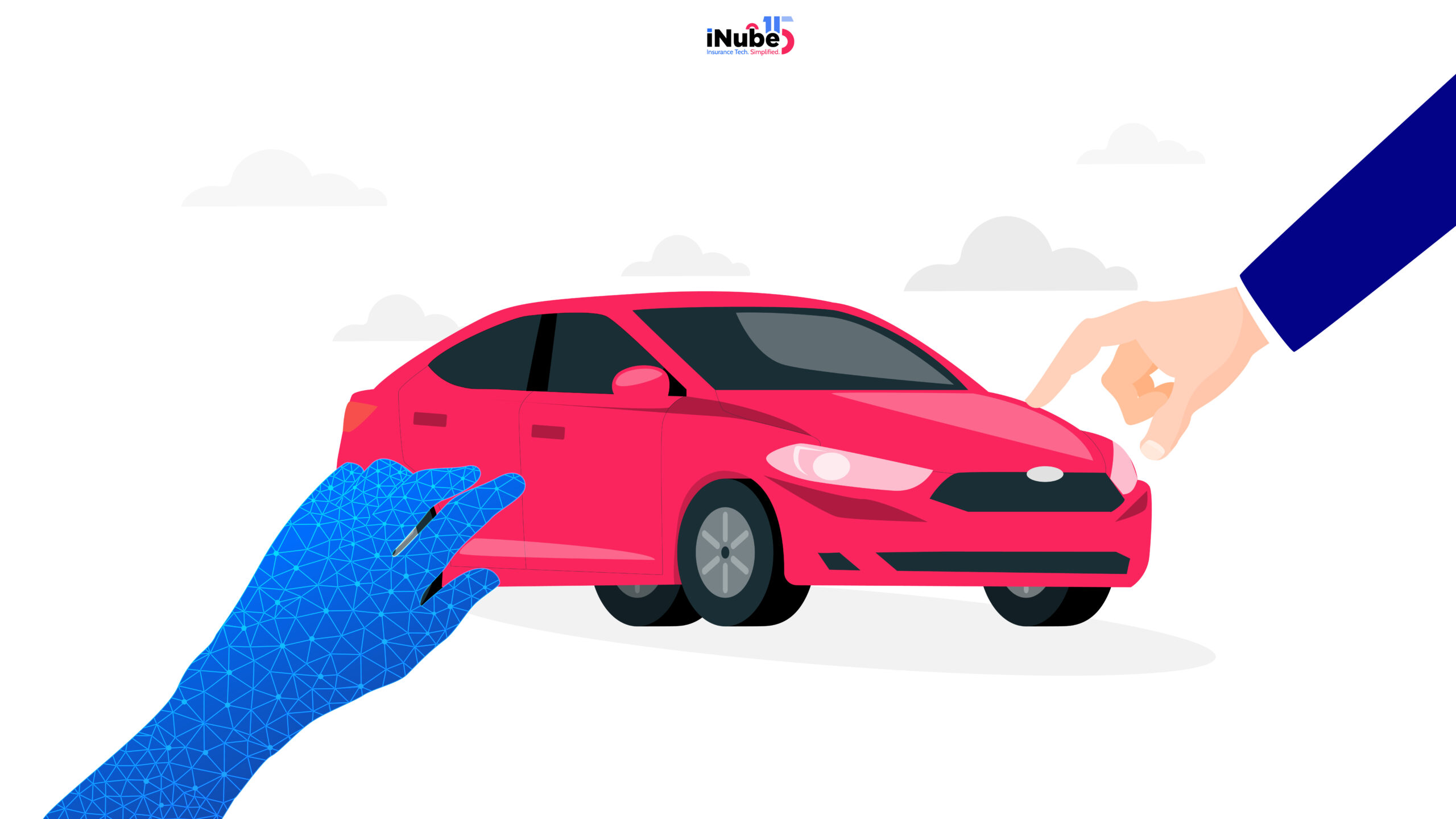Your car exactly knows when you brake too hard, and your insurance app seamlessly tracks every mile you drive. The algorithms essentially decide the premiums before a human ever sees your file. This is exactly what Motor insurers in 2025 are offering. Futuristic experiences in the present. However, as AI transforms everything from pricing to claims, one of the questions that looms large includes: Are we engineering efficiency at the expense of empathy?
Read on to find the answer!
How are Algorithms Driving a Data-driven Change?
The Motor insurance industry is definitely going through one of the most revolutionary changes as technology and AI dominates. Technology is enabling- connected vehicles, telematics, real-time risk assessment and automated claims processing. A report by Mckinsey highlights that connected cars have accounted for 90 percent of vehicle sales by 2025, and this has created an avalanche of driving data which is fundamentally reshaping the way insurers assess and price risk.
This is not just an incremental change; instead, it’s about reimagining the insurance value chain. Traditional underwriting essentially relies upon demographic proxies such as age, gender, marital status and credit scores that would help in estimating risk. The modern AI insurance helps in actually analyzing the driving behavior that includes braking patterns, acceleration, cornering, speed, time of day, route selection, weather conditions and also dozens of other variables that directly correlate with the accident probability.
This shift has represented a paradigm shift in the way insurance activities take place. The implications are quite profound and include both pricing accuracy and customer experience.
A Glimpse of AI Touch in Motor Insurance
Here’s a quick snippet at how AI is transforming the Motor insurance landscape and personalizing the policyholder’s experience:
Pricing and Underwriting
The Usage-based Insurance (UBI) which was powered by AI essentially represents the fastest growing segments of Motor insurance globally. The technology essentially calculates the premiums which are based on miles that are driven, driving behavior, time of the day, and also the route characteristics. Here, the safe drivers will be instantly receiving immediate discounts, and the ones who have a risky behavior will be getting higher premiums. This creates a powerful incentive for safe driving.
The market is responding quite faster with the global insurance telematics market size valued at USD 3.76 billion in 2023, and is expected to reach USD 17.36 billion in 2032, which is growing at a CAGR of 18.53%. This explosive growth will be reflecting both consumer demand for personalized pricing and insurer recognition that better data yields much better risk assessment.
The AI algorithms can seamlessly detect fraud before policies are issued. By cross referencing the application data against the historical patterns, external databases and the behavioral indicators and algorithms will be flagging the suspicious applications for human review- thereby reducing the fraud losses while also accelerating approval for legitimate customers.
Claims Processing
This is exactly where will be delivering the most dramatic impact. The modern AI systems will be seamlessly processing claims from first notification to settlement with much minimal intervention. Computer vision will be assessing the vehicle damage from smartphone photos, that estimate the repair costs with accuracy that rivals the professional adjusters.
Natural language processing essentially extracts the relevant information from police reports, medical records, and also witness statements. Additionally, predictive analytics will be identifying the high-risk claims that require human expertise while automatically settling straightforward cases within hours, thereby improving customer experience dramatically.
Customer Service
The AI powered chatbots and the virtual assistants will be handling the routine inquiries all round the clock. This allows them to answer the inquiries about coverage, offering instant quotes, processing policy changes, and explaining the claims status. The best implementations will help in seamlessly escalating the complex issues to human agents, who have complete context from the AI interaction, thereby eliminating the frustrating repetition for customers.
What AI Can’t Replace- The Human Factor
Despite all the capabilities of AI, Motor insurance is fundamentally about people in difficult situations. A serious accident at this point can be quite traumatic. A total loss after years of car payments is quite a devastating experience. These are the moments which require a genuine human empathy, judgement, and care- the qualities that algorithms cannot fully replicate.
Here’s where AI cannot replace human but be in sync:
Complex Claims Require Human Judgement
Not all claims fit the neat algorithmic parameters. The multi-vehicle accidents with disputed liability, injury claims with long-term complications, fraud investigations essentially involve a sophisticated scheme, coverage of disputes that require policy interpretation. These are the situations which essentially demand an experienced human adjuster who can seamlessly navigate the ambiguity, exercise discretion, and make judgement calls which balance fairness with the company interests.
The AI algorithms essentially excel at pattern recognition, and also routine processing. Humans excel at context, compassion, and also complex reasoning. The optimal model will be combining both.
Trust and Transparency Concerns
The algorithmic decision-making in Motor insurance significantly raises a question in legitimate concerns about transparency and also fairness. When an algorithm denies a claim or increases a premium, the customers essentially deserve to understand the reason why. The black cover AI systems which cannot explain their reasoning essentially erode trust and also create regulatory challenges.
A perceived lack of transparency around the collection and the use of data in underwriting decision-making is becoming a concern to both the customers and the regulators. The drivers may not realize that smartphone apps are harvesting their driving data for insurance purposes, or that the insurers are using alternative data sources which essentially include- social media activity, purchase behavior and residential characteristics for assessing the risk.
Understanding the Road Ahead
The answer to “AI versus human touch” isn’t either/or—it’s both/and. The Motor insurance companies which view this as a competition between technology and people will be missing out on the opportunity. Those who recognize AI as a tool to augment human capability, improve efficiency, and also enhance customer experience while preserving empathy and judgement where they matter will thrive.

Archismita Mukherjee
Insurance Content Analyst


